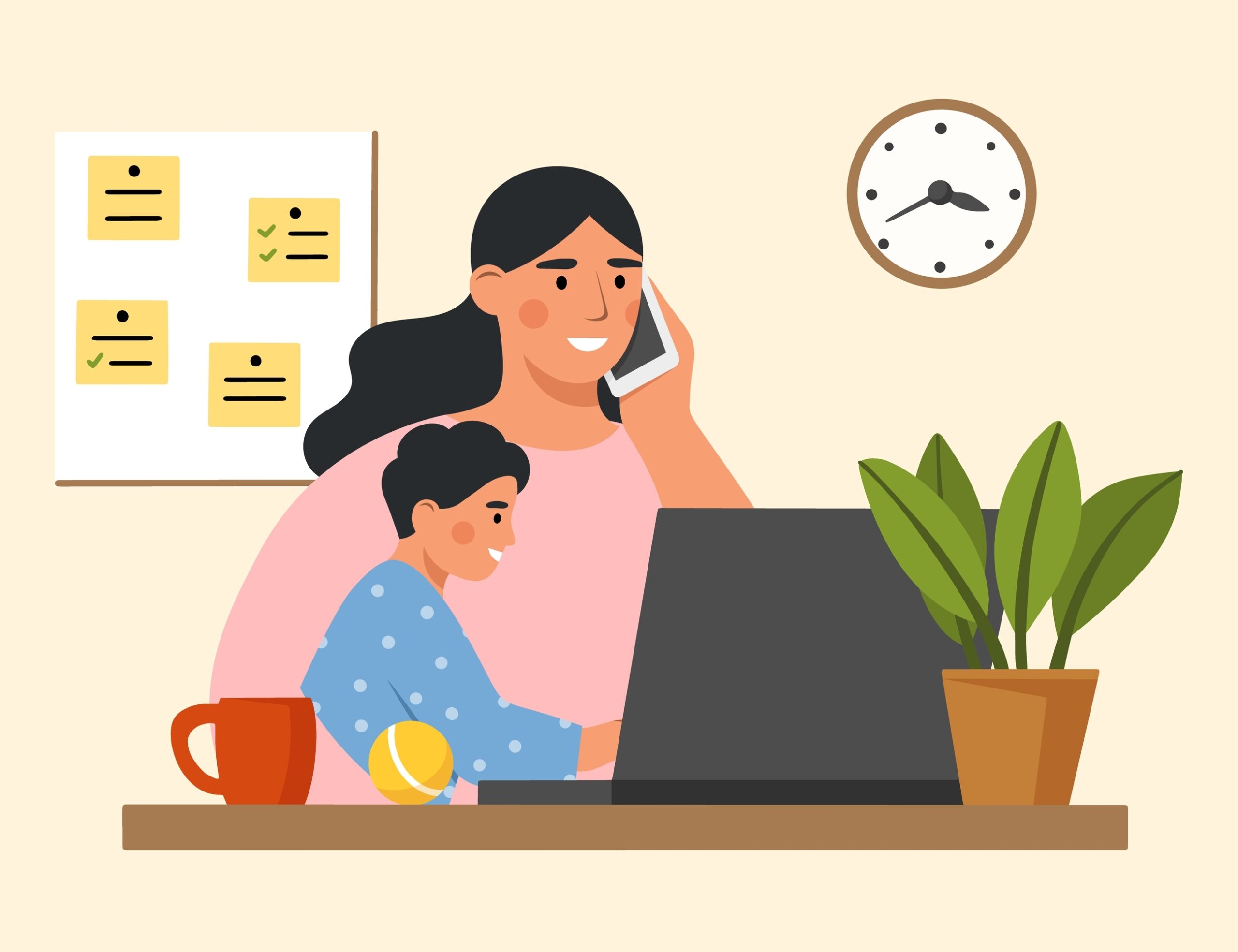
Blog
Sensory Processing Parenting Tips & Tricks
July 8, 2024
Sensory Processing Parenting Tips & Tricks
Parenting is an intricate dance of nurture, guidance, and love. However, when a child has sensory processing issues, the rhythm of that dance can change dramatically. Sensory processing refers to how the nervous system receives messages from the senses and turns them into appropriate motor and behavioral responses. A child with sensory challenges may become over-stimulated by bright lights, agitated by loud noises, or deeply unsettled by certain textures.
Navigating these extra layers of sensitivity can be both rewarding and exhausting for parents. But by learning to tweak our steps, we can ensure the dance remains beautiful and that our children thrive in the whirl of everyday life. Here are some tips and tricks for parents in the sensory processing world.
Understanding Sensory Processing
Before we can jump into strategies, it’s crucial to grasp the ins and outs of sensory processing. Sensory processing disorder (SPD) affects the way a child processes sensory information, creating challenges when they receive and respond to stimuli. It goes beyond typical responses, causing a cascading effect on behavior, learning, and social interactions.
Common Sensory Snags
Children with sensory challenges might struggle with:
- Over-responsivity (hypersensitivity)
- Under-responsivity (hyposensitivity)
- Sensory seeking behaviors
- Difficulties with sensory-based motor skills
Creating a Sensory-Friendly Home
Your home can serve as a sanctuary or a minefield. Implementing simple changes can dramatically reduce sensory overload.
Modify the Environment
- Use soft, muted lighting
- Introduce soothing colors and decorations
- Label drawers and cupboards to maintain organization
Play Zones
- Create dedicated sensory-friendly play areas
- Include tactile experiences like a bin of dry rice or beans for sensory exploration
- Encourage sensory breaks, such as a cozy tent for reading or alone time
Nurturing Healthy Sensory Diets
Just like a balanced meal supports physical health, a sensory diet caters to a child’s sensory needs.
Incorporate Sensory Activities
- Regularly schedule sensory-friendly activities to provide stimulation
- Offer a variety of textures, weighted blankets, and sensory rooms
- Develop a personal log to identify what activities bring joy or discomfort
Physical Exercise and Sensory Integration
- Engage in regular physical activities to promote sensory integration
- Experiment with swinging, climbing, and jumping to provide vestibular and proprioceptive input
- Encourage time outdoors for natural sensory benefits
Crafting Comfort Zones
Every child has triggers and soothers. It’s essential to identify and provide comfort zones to help manage sensory challenges.
Understand Your Child’s Sensory Profile
- Work with an occupational therapist to identify your child’s sensory profile
- Keep a journal to monitor your child’s reactions to environments and activities
Create Personalized Coping Strategies
- Teach deep breathing techniques
- Create a comfort kit with items that provide soothing sensory input
- Develop a code word for when your child needs a break
Supporting Your Child Beyond the Home
Being a champion for your child’s sensory development extends beyond the home environment to school, social settings, and the community at large.
Education and Advocacy
- Educate teachers, caregivers, and friends about your child’s sensory needs
- Advocate for reasonable accommodations at school
Community Integration
- Plan outings during quieter times to reduce overstimulation
- Choose inclusive activities where sensory struggles are understood and accommodated
- Discover local resources and support groups to share experiences and tips
Cultivating Calm in Chaotic Moments
Sensory overload can turn even the most ordinary moments into battles. It’s during these times that parents need a toolkit full of strategies to restore calm.
Emergency Sensory Tool Kit
- Carry a small sensory bag with noise-canceling headphones, fidget toys, or a calming bottle
- Develop a “calming corner” in various locations, such as a bench in the mall or a quiet spot at a relative’s house
Connect Through Sensory Play
- Engage in calming arts and crafts
- Incorporate music or sound therapy into your routines
- Use playdough or kinetic sand to engage the sense of touch and find quiet focus
Celebrating Growth and Progress
Amidst the challenge of raising a child with sensory processing struggles, it’s important to celebrate growth and encourage progress.
Record Milestones
- Write down or capture video moments where your child handles a sensory challenge with newfound ease
- Create a scrapbook or journal of sensory-friendly achievements
Positive Reinforcement and Support
- Use positive reinforcement to encourage progress
- Build a support network of friends, family, and professionals who champion your child’s success
Engaging in Ongoing Learning
Parenting a child with sensory processing issues is an ongoing educational experience. Continual learning is a powerful tool for both parents and children.
Stay Informed with Research and Community Resources
- Regularly review literature and websites dedicated to sensory processing
- Attend workshops, webinars, and parent groups for shared wisdom
Professional Insight and Therapy
- Regularly consult with pediatricians and therapists
- Attend family therapy sessions to strengthen your support system
- Pursue continuing education for yourself to be the best advocate you can be for your child
The Power of Patience and Persistence
Above all, remember that progress comes in small steps, and every victory, no matter how minor, is a cause for celebration. Patience and persistence are the pillars of parenting a child with sensory processing struggles.
Give Yourself Grace
- Know that some days will be more challenging than others, and that’s okay
- Take breaks when needed to recharge your own sensory battery
Keep Going with a Positive Mindset
- Approach each day with a positive outlook, knowing that you’re making a difference in your child’s life
- Reflect on the beautiful moments and the unique perspective your child brings to the world
Parenting a child with sensory processing challenges is a unique and rewarding opportunity to learn about the rich tapestry of sensory experiences. By integrating these tips and tricks into your daily routine, you’ll not only provide a loving and supportive environment for your child but also deepen your bond through understanding and shared experiences. Remember, you’re not alone on this journey, and with patience, persistence, and a dash of creativity, you can waltz through the challenges and delight in the joys of your child’s unique sensory dance.











































































